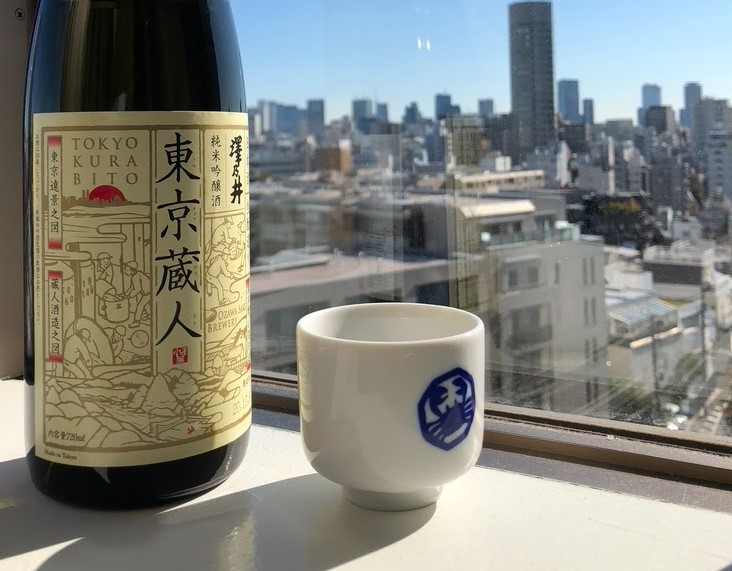
Sake review: Ozawa Shuzo Sawanoi, Tokyo Kurabito
Sake review and sake tour: Ozawa Shuzo Sawanoi, Tokyo Kurabito
I have lived in Japan for the past 4 years, and the more I discover Japan, the more I fall in love with its culture, gastronomy, and art. One of the ways I learn more about Japanese culture is through learning about Sake. The more I learn about Sake, the more I learn about Japanese culture.
A great way to learn about Sake is by visiting a Sake brewery; one of my favorite Sake breweries, the Osawa Sake Brewery, in the Mitake Valley just outside Tokyo.
The best way to go to the Osawa Sake Brewery from Shinjuku Station is through the JR Chuo Rapid towards Ome. The brewery is in Sawai, which is a small village in the Mitake valley, Sawai seems a beautiful place.
When I visited earlier this year, the impression I had was that the Mitake valley was the perfect place to get immersed in nature, culture, and spirituality. If you visit the Mitake Valley, I strongly recommend a hike through Mitake-san and enjoy the many sightseeing spots this wonderful place has to offer and to taste one of the best-produced sakes in Tokyo.
After hiking at the foot of the Mitake Gorge you can find the Sawanoi – Osawa Sake Brewery which tasting room is beside the Tama river, and it is the perfect place to blend Japanese culture, and nature through Sake tasting.
I encourage you to enjoy the experience and take a tour of the Osawa Sake Brewery in the former Bushu-Sawai village in 1702. For more than 300 years has produced the sake of Okutama, Tokyo. Okutama, the home of abundant water, is located upstream of the Tama River that waters Tokyo city. Please bear in mind that the two most important ingredients to make sake are the quality of water and rice. This is the reason why Sawai is a perfect place to brew sake. As they say, “every sake has a memory of the water from which it was born,” so by tasting Sawanoi’s sake you get a taste of the memory of Takamizuyama mountain (高水山).
At Sawanoi brewery and tasting bar, you can sample all the array of sakes that Sawanoi offers. Still, I strongly encourage you to try the Tokyo KuraBitto, a Junmai Ginjo Sake, which is a premium sake that uses rice that has been polished to at least 60 percent. This sake involves the Kimoto method, which is made with a traditional Shubo (moto or yeast starter) that cultivates lactic acid bacilli before yeast propagation.
Sawanoi’s Junmai Ginjo’s flavor is rich and fruity, but also a complex flavor, and it is quite fragrant. I recommend drinking this sake chill. Other Sakes like Juemon from Toshimaya Brewery are better warm.
As a Mexican living in Japan, I am always looking for ways to blend both Japanese and Mexican gastronomy, and a great way to do so is through the pairing of Sake and Mexican Food. As my friend Rodolfo Castellanos says, “Sake and Mexican food are a great match,” Rodolfo who in 2016 won the first season of Top Chef Mexico, a reality tv series that Sony produces for Latin America, is the chef and owner of the Origen Restaurant in Oaxaca, Mexico. To my fortune, he is very knowledgeable about Sake. Rodolfo Castellanos, a big fan of Tokyo Kurabito Sake, told me that if he were to pair Tokyo Kurabito with Mexican food, he would eat it with “taquitos al pastor” and if he had to choose an Oaxacan dish, he would go for a “Chile Relleno de pasilla” or a “Mole Verde.” Mole Verde is one of the Oaxacan 7 moles; fresh herbs distinguish the flavor of Mole Verde; amongst them are parsley, epazote, and hoja santa.




